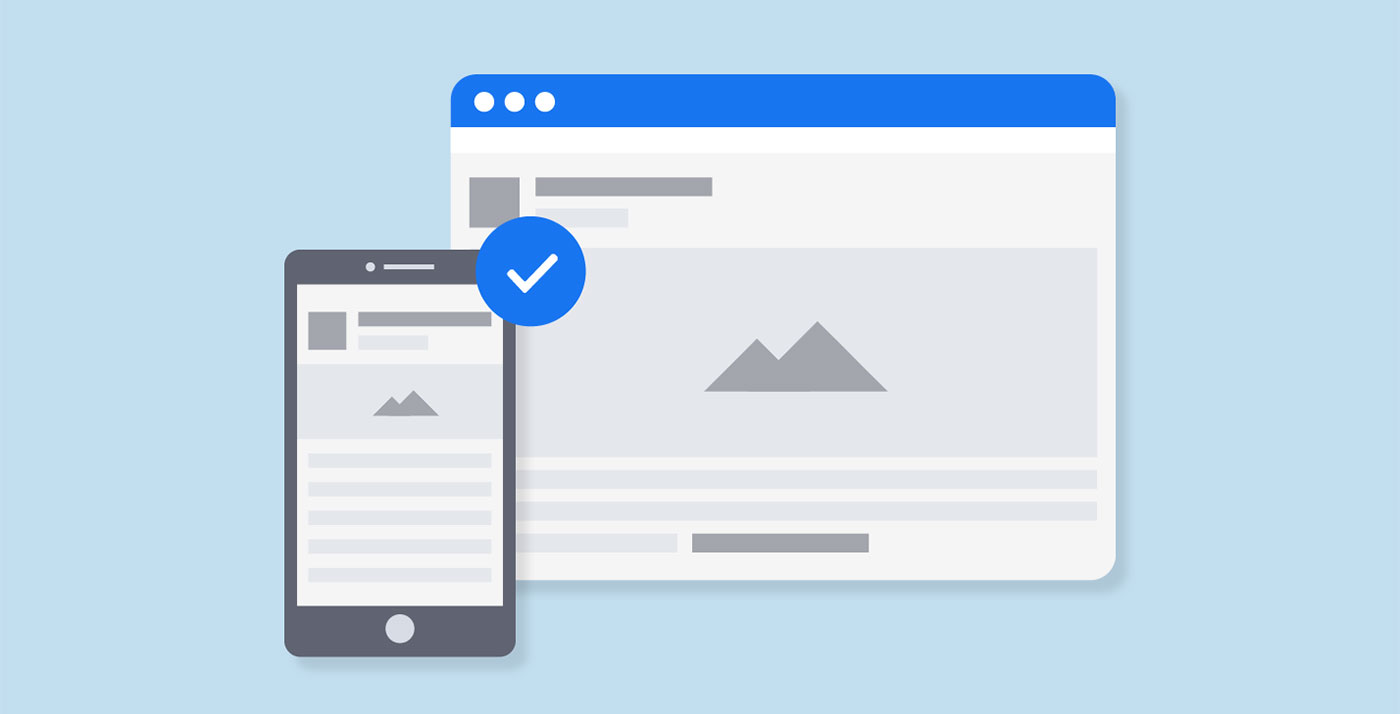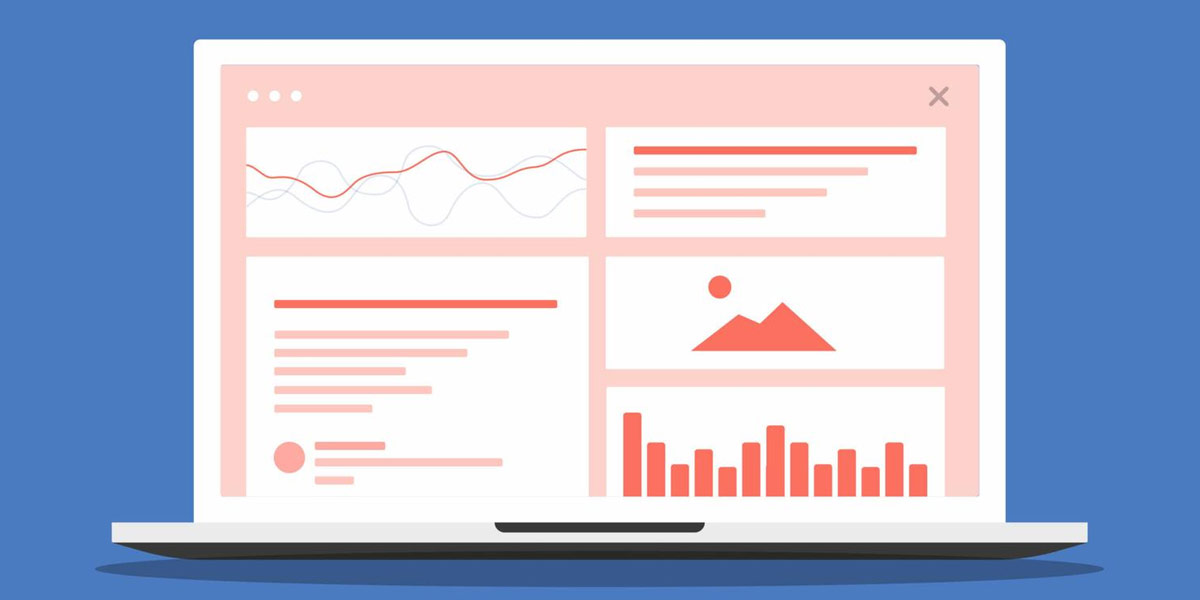
Web design plays a crucial role in the success of a website, and it goes hand in hand with search engine optimization (SEO). When it comes to ranking well in search engine results pages (SERPs), having an SEO-optimized website is essential. In this article, we will explore how web design influences SEO and why it’s important to pay attention to the design elements of your website. By understanding the connection between web design and SEO, you can create a website that not only looks visually appealing but also ranks well in search engine rankings.

How Web Design Influence SEO
How Web Design Influence SEO
When users search for information, products, or services on search engines like Google, they are more likely to click on websites that appear at the top of the search results. This is where SEO comes into play. SEO encompasses various strategies and techniques that aim to improve a website’s visibility and organic rankings on search engines. While many factors contribute to a website’s SEO performance, web design is often overlooked despite its significant impact.
Web design refers to the process of creating and arranging elements on a website, including layout, colours, fonts, images, and user interface. It focuses on creating an engaging and user-friendly experience for visitors. However, web design goes beyond aesthetics. It also affects how search engines crawl and index your website. By understanding the connection between web design and SEO, you can optimize your website to achieve better search engine rankings and improve user experience.
The Impact of User Experience (UX) Design on SEO
One of the crucial aspects of web design that influences SEO is user experience (UX) design. UX design focuses on creating an enjoyable and seamless experience for website visitors. Google and other search engines consider user experience metrics when ranking websites. If users find a website difficult to navigate, slow to load, or unappealing, they are more likely to leave quickly, leading to higher bounce rates. On the other hand, if users find a website visually appealing, easy to navigate, and engaging, they are more likely to spend more time on it, explore its content, and convert into customers.
Google takes user engagement metrics, such as the average time spent on a page, bounce rate, and click-through rate, into account when determining a website’s quality and relevance. Websites with better user engagement tend to rank higher in search results. Therefore, incorporating UX design principles into web design is crucial for SEO success.
Some UX design elements that can impact SEO include:
- Website Responsiveness: With the increasing use of mobile devices, having a responsive website design is essential. Responsive design ensures that your website adapts and displays correctly on different screen sizes, including smartphones and tablets. Google considers mobile-friendliness as a ranking factor, and websites that are not mobile-friendly may experience lower search rankings.
- Site Navigation: Easy and intuitive site navigation allows users to find information quickly and easily. Well-organized menus, clear labels, and logical page hierarchy contribute to a positive user experience. Search engines also rely on effective site navigation to crawl and index your website properly.
- Page Load Speed: Users expect websites to load quickly. If a website takes too long to load, visitors are likely to abandon it and search for alternatives. Page load speed is an important UX factor, and it directly impacts bounce rates and user satisfaction. Optimizing images, reducing unnecessary scripts, and leveraging caching mechanisms are some techniques to improve page load speed.
By paying attention to UX design elements, you can create a website that not only attracts users but also keeps them engaged, ultimately boosting your SEO efforts.

How Web Design Influence SEO: The Impact of User Experience (UX) Design on SEO
The Connection between Web Design and SEO
Web design and SEO are no longer separate entities but have become intertwined. In the past, web designers and SEO professionals often worked independently, focusing on their respective areas. However, as search engines have evolved, they now consider various web design elements as ranking factors.
Search engines, especially Google, aim to provide users with the best possible search experience. This means delivering relevant and high-quality websites that meet users’ needs. As a result, search engines analyze web design elements to determine a website’s usability, accessibility, and overall user experience.
Some web design practices that can impact SEO include:
- Web Typography: The choice of fonts, font sizes, and typography plays a crucial role in enhancing readability and user experience. A well-structured typography hierarchy improves content comprehension and helps search engines understand the importance and context of different text elements.
- Mobile Responsiveness: With the increasing use of mobile devices, having a mobile-responsive website is crucial. Google prioritizes mobile-friendly websites in mobile search results and considers mobile responsiveness as a ranking factor. A responsive design ensures that your website provides a seamless user experience across all devices.
- Website Structure: An organized and logical website structure improves usability and makes it easier for search engines to crawl and index your website. Using a clear and hierarchical structure, such as categories and subcategories, allows search engines to understand the relationships between different pages and content.
By incorporating these web design practices, you can create a website that is visually appealing, user-friendly, and optimized for search engines.

How Web Design Influence SEO: The Connection between Web Design and SEO
The Importance of Good Website Design for Your Audience
Beyond its impact on search engine rankings, good website design plays a vital role in forming a positive impression on your audience. When users visit your website, they form an opinion about your brand and its credibility within seconds. A well-designed website not only captures users’ attention but also establishes trust and credibility.
Good website design can help nurture leads and increase conversions. By guiding visitors through a well-structured layout, clear call-to-action buttons, and persuasive content, you can encourage users to take the desired actions, such as making a purchase, filling out a form, or subscribing to a newsletter. A visually appealing and user-friendly website creates a positive user experience and builds trust, which is essential for converting visitors into loyal customers.
Some website design elements that can improve user experience and drive conversions include:
- Brand Image: Consistent branding elements, such as logos, colours, and fonts, help users identify and remember your brand. A strong brand image creates a sense of professionalism and trustworthiness.
- Site Navigation: Intuitive and user-friendly site navigation allows visitors to find the information they’re looking for quickly and easily. Clear menus, well-structured categories, and search functionality contribute to a positive user experience.
- Visual Appeal: Visual elements, such as high-quality images, videos, and graphics, can enhance the overall look and feel of your website. Well-chosen visuals that align with your brand and content can captivate users and encourage them to explore further.
By focusing on good website design, you can create a positive user experience, build trust with your audience, and increase the likelihood of conversions.
How to Build a Search Engine-Friendly Website
Building a search engine-friendly website involves considering various key areas to optimize your site for better visibility and rankings. Here are some aspects to focus on:
- Domains, Hosting, and CMS: Choosing the right domain name, reliable hosting provider, and content management system (CMS) is essential for a well-optimized website. A domain name that reflects your brand or target keywords can have a positive impact on SEO. Reliable hosting ensures your website is accessible and fast, while a user-friendly CMS simplifies content management and optimization.
- Crawling and Information Architecture: Search engines use crawlers to discover and index web pages. Ensuring that your website’s structure and navigation are crawlable is crucial. Creating a clear sitemap, using internal linking effectively, and optimizing your URL structure can help search engines understand your website’s hierarchy and content.
- Keyword Research: Conducting thorough keyword research allows you to identify relevant keywords and phrases that users search for. Incorporating these keywords naturally into your website’s content, meta tags, headings, and URLs can help search engines understand the relevance of your website for specific queries.
- Content Optimization: Creating high-quality, unique, and informative content is key to SEO success. Optimizing your content by incorporating relevant keywords, structuring it with headings (H1, H2, H3, etc.), and using descriptive meta tags can help search engines understand the purpose and relevance of your web pages.
- Technical SEO: Technical aspects, such as page load speed, mobile-friendliness, secure HTTPS connection, and structured data markup, are crucial for a well-optimized website. Ensuring that your website follows technical SEO best practices improves user experience and makes it easier for search engines to crawl and index your content.
By focusing on these areas, you can build a website that is not only visually appealing but also optimized for search engines, leading to better visibility and rankings.

How Web Design Influence SEO: How to Build a Search Engine-Friendly Website
The Role of SEO in Web Design
SEO web design is the process of designing and developing a website that is optimized for both search engines and users. It involves integrating SEO best practices into the web design process to create a website that performs well in search rankings and provides an exceptional user experience.
By incorporating SEO web design principles, you can enhance your online visibility, generate leads, and increase sales. Here are some ways in which SEO web design can benefit your website:
- Improved User Experience: SEO web design focuses on creating a user-friendly website with clear navigation, fast page load times, and engaging content. This results in a positive user experience, leading to longer visit durations, lower bounce rates, and increased conversions.
- Higher Search Engine Rankings: By following SEO best practices, such as optimizing your website’s structure, using relevant keywords, and creating high-quality content, you can improve your website’s visibility in search engine rankings. Higher rankings lead to increased organic traffic and exposure to potential customers.
- Increased Organic Traffic: When your website ranks higher in search results, it receives more organic traffic. Organic traffic refers to visitors who find your website through unpaid search results. By attracting targeted organic traffic, you have a higher chance of converting visitors into customers.
- Brand Credibility and Trust: A website that ranks well in search results are perceived as more credible and trustworthy. Users tend to associate higher search rankings with quality and relevance. By optimizing your website for SEO, you can enhance your brand’s credibility and establish trust with your audience.
SEO web design combines the best of both worlds – an aesthetically pleasing website that also performs well in search rankings. By considering SEO principles during the design and development stages, you can create a website that meets the needs of both search engines and users.

How Web Design Influence SEO: The Role of SEO in Web Design
Conclusion
Web design and SEO are two interconnected aspects of creating a successful website. Understanding the influence of web design on SEO is crucial for improving your website’s visibility, attracting organic traffic, and providing an exceptional user experience. By incorporating user experience (UX) design principles, optimizing website structure, and focusing on SEO best practices, you can create a visually appealing, user-friendly, and search engine-friendly website.
Remember, good website design not only impacts your SEO rankings but also plays a vital role in forming a positive impression on your audience. A well-designed website can help nurture leads, increase conversions, and establish trust with your visitors.
In conclusion, web design and SEO go hand in hand. By considering both aspects and optimizing your website accordingly, you can create a website that not only looks great but also ranks well in search engine results, attracting targeted organic traffic and driving business success.
FAQs
What is UX design and how does it impact website SEO?
UX design, or user experience design, refers to the process of creating designs that enhance user satisfaction and improve usability. It involves considering the user’s journey, needs, and emotions when interacting with a website. UX design impacts website SEO by influencing user engagement metrics, such as bounce rate, time on site, and conversion rate. When users have a positive experience on a website due to good UX design, they are more likely to stay on the site longer, interact with the content, and convert, which can positively impact SEO rankings.
Does UX/UI design affect SEO?
Yes, UX/UI design does affect SEO. UX design focuses on enhancing the user experience, while UI design focuses on the visual aspects and interface elements of a website. Both play crucial roles in determining how users interact with a website. When users have a positive experience due to well-designed UX/UI, they are more likely to engage with the site’s content, stay longer on the site, and share it with others. These user engagement signals are important factors that search engines consider when determining search rankings.
What is SEO web design and why is it important?
SEO web design is the practice of designing and developing websites that are optimized for both search engines and users. It involves incorporating SEO principles and best practices into the web design process to improve search engine visibility, attract organic traffic, and provide a positive user experience. SEO web design is important because it ensures that a website is structured, coded, and designed in a way that search engines can easily crawl, index, and understand its content, while also providing a user-friendly experience.
How does SEO web design help improve user experience?
SEO web design helps improve user experience by focusing on various aspects that contribute to a positive user journey. By optimizing website speed, mobile responsiveness, site navigation, and overall usability, SEO web design ensures that users can easily find the information they need, navigate through the site seamlessly, and have a fast and enjoyable browsing experience. When users have a positive experience on a website, they are more likely to engage with the content, stay longer, and perform desired actions, such as making a purchase or filling out a form.
How does website structure affect SEO?
Website structure plays a significant role in SEO. A well-structured website helps search engines understand the hierarchy and organization of content, making it easier to crawl, index, and rank the pages. A clear website structure improves the user experience by allowing visitors to navigate through the site easily and find the desired information. Additionally, a well-structured website facilitates internal linking, which helps search engines discover and index more pages on the site, boosting overall visibility and SEO performance.
What are some key points to consider when it comes to website structure and SEO?
When considering website structure and SEO, here are some key points to keep in mind:
- Use a logical and hierarchical structure for organizing content, with categories and subcategories.
- Ensure that each page has a unique and descriptive meta title and meta description.
- Implement breadcrumb navigation to indicate the user’s location within the site.
- Optimize URL structure by using descriptive and keyword-rich URLs.
- Create an XML sitemap to help search engines understand the structure and index the pages efficiently.
- Utilize internal linking to connect relevant pages and distribute link authority throughout the site.
- Optimize the navigation menu for easy and intuitive user access to different sections of the website.
By considering these key points, you can create a well-structured website that is both user-friendly and search engine-friendly.
How does URL structure affect website structure and SEO?
URL structure plays a role in both website structure and SEO. A well-structured URL that reflects the content hierarchy and includes relevant keywords can improve the user experience by providing clear and descriptive URLs. From an SEO perspective, search engines consider the keywords and structure within URLs as signals for understanding the page’s topic and relevance. It is recommended to use short, concise, and keyword-rich URLs that are easy to read and understand for both users and search engines.
What are some web design practices that can impact a site’s SEO performance?
Several web design practices can impact a site’s SEO performance, including:
- Implementing responsive design for mobile-friendly experiences.
- Optimizing website speed to improve user experience and search engine rankings.
- Using proper heading tags (H1, H2, etc.) to structure content and highlight key sections.
- Incorporating relevant and descriptive image alt tags for accessibility and search engine optimization.
- Ensuring a clean and crawlable code structure that search engines can easily understand.
- Designing intuitive and user-friendly navigation menus for easy site navigation.
- Creating engaging and high-quality content that is valuable to users and encourages sharing and backlinking.
By incorporating these practices into web design, you can enhance both the user experience and SEO performance of a website.
How can web typography impact a site’s SEO?
Web typography, including font choice, size, and readability, can impact a site’s SEO in several ways. Clear and readable typography improves the user experience by making the content more accessible and engaging. When users can easily read and understand the text on a website, they are more likely to stay longer, engage with the content, and decrease bounce rates. Additionally, search engines may consider user engagement signals as an indication of content quality, which can indirectly impact SEO rankings.
Why is it important to understand the connection between web design and SEO?
Understanding the connection between web design and SEO is crucial because they work together to create a successful website. Web design affects SEO by influencing user experience, site structure, and other technical aspects that search engines consider when ranking websites. By integrating SEO principles into the web design process, you can create a website that not only looks visually appealing but also performs well in search engine rankings, attracting organic traffic and increasing conversions. Additionally, a website with good SEO practices can provide a positive user experience, leading to increased user engagement and satisfaction.

With over two decades of web design and development expertise, I craft bespoke WordPress solutions at FallingBrick, delivering visually striking, high-performing websites optimised for user experience and SEO.




